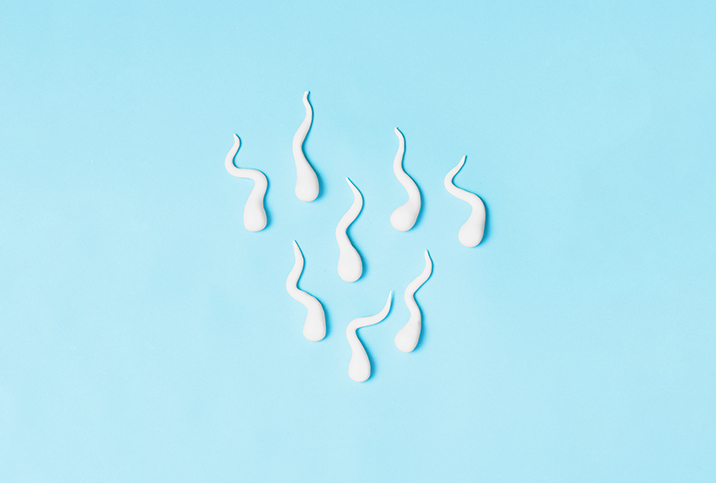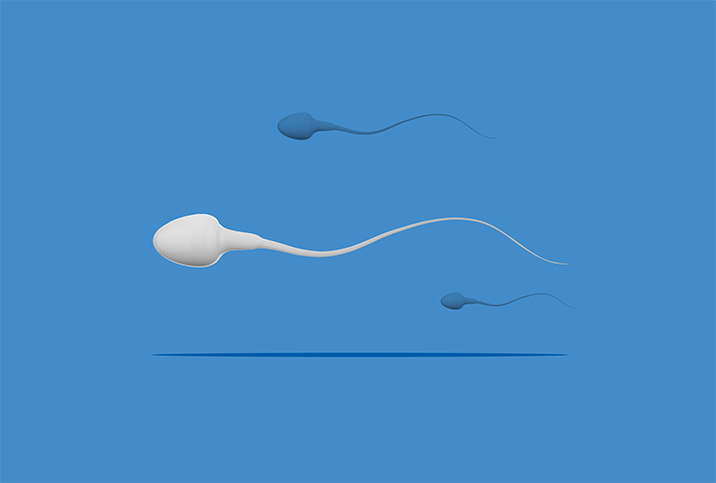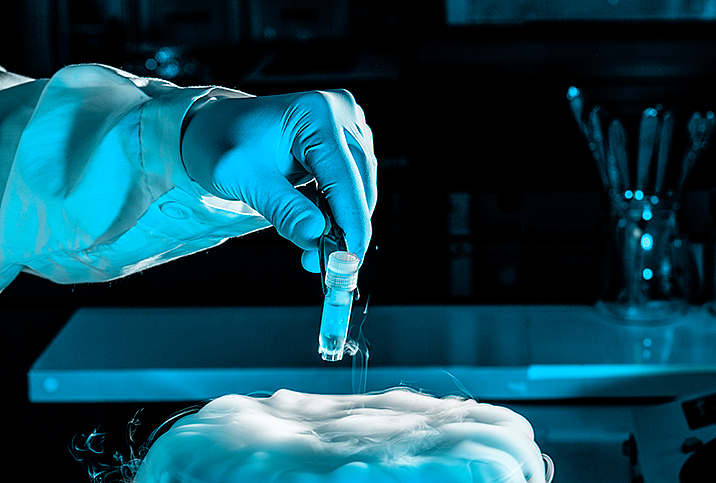A New Study Shows a Worldwide Decline in Sperm Count

A global study published in November 2022 in the journal Human Reproduction Update—which expands on the work of a 2017 study published in the same journal—establishes the existence of a worldwide decline in sperm count.
"We provide strong evidence, for the first time, of a decline in sperm counts among men from South/Central America, Asia and Africa, as well as a worldwide decline in the 21st century, with data suggesting that the pace of this decline has accelerated," the study's authors wrote.
An important caveat: Humanity isn't reaching its end. However, in showing that sperm concentration and total sperm counts are decreasing across six of Earth's seven continents—Antarctica was not included in the study—and reporting that the rate at which they're dropping is quickening, researchers have established reasons to be concerned.
The study
Sperm concentration is the number of sperm in one milliliter of semen. Sperm count is the total number of sperm in a sample of one ejaculate, according to Legacy, a male fertility testing company based in Massachusetts.
The 2017 study showed a significant decrease in sperm concentration and total sperm count in men from North America, Europe and Australia. With new research and new technology available, the same team thought the time was right to analyze these issues on other continents.
After identifying studies conducted between 2014 and 2019 and then narrowing their findings, the researchers used 44 estimates from 38 different examinations for the 2022 study. Along with their previously published research, this particular meta-analysis included a total of 223 studies based on semen samples collected from 1973 to 2018.
The results
Comparing unselected men (men whose fertility status is unknown) with fertile men (men who have demonstrated the ability to have children), the study indicated that the mean sperm concentration for unselected men across all continents fell by 51.6 percent between 1973 and 2018. The total sperm count among the same population fell by 62.3 percent.
After 2000, both sperm concentration and total sperm count declined more rapidly.
Researchers took summary statistics on sperm concentration and total sperm count and compared them across sets of years—before 1972, 1985, 1995 and 2000—to examine trends. For all men, both unselected and fertile, sperm concentration decreased by 0.93 percent each year, and by a total of 41.5 percent between 1973 and 2018.
Sperm concentration is measured in millions of sperm per milliliter (m/mL). The odds of reproduction are best if a man's ejaculate contains at least 15 m/mL, according to Mayo Clinic. Normal sperm density ranges from 15 m/mL to more than 200 m/mL. A low sperm count is considered to be less than 15 m/mL, or less than 39 million total sperm per ejaculate.
In 1973, the average sperm concentration for all men was 83.5 m/mL. In 2018, the final year included in the study, it was 57.1 m/mL. Similarly, total sperm count for all men dropped from an average of 297.4 m/mL in 1973 to 205.6 m/mL in 2018. From 2000 to 2018 alone, sperm concentration in unselected men fell by 30.3 m/mL, and total sperm count in that same group decreased by 92.1 m/mL.
Further research is needed to explain the reason(s) for the decline, why it's continuing and why the pace is quickening.
"We hope that the new evidence provided here will receive attention not only from clinicians and scientists, but also from decision-makers and the general public," the study's authors concluded.


















